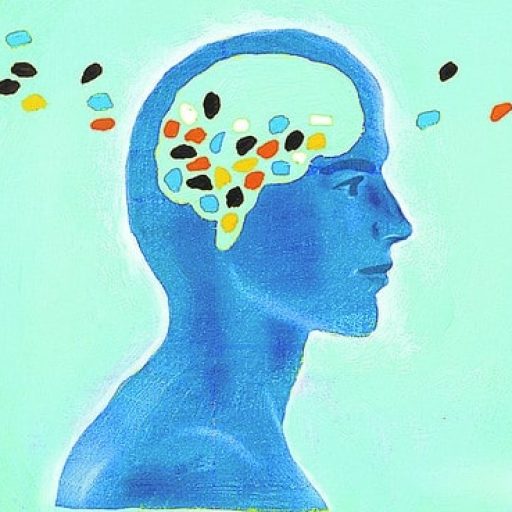Les gènes prédisposant à la “torsion dystonia”, une variante rare de dystonie retrouvée plus fréquemment chez les juifs ashkénazes (l’ethnie ayant le plus haut Q.I moyen, 110, pertinemment parce que la fréquence des allèles pour une haute intelligence y est plus élevée) augmentent considérablement le Q.I.
La recherche fait état d’un gain de plus de 10 points de Q.I pour les porteurs hétérozygotes (la maladie est dominante, les personnes sont atteintes avec un seul allèle muté). Le Q.I moyen des patients est de 121, contre 111 pour les contrôles.
http://www.examiner.com/article/rare-genetic-condition-linked-with-high-iq
“Unlike most genetic diseases, torsion dystoni is dominant. You only need one copy of the mutant gene to have problems. That also means that any benefit must be large. When a recessive mutation is rare, there are many more carriers than homozygotes, and even a small advantage among heterozygotes can balance serious bad effects in the rare homozygotes. A dominant has to give a hefty advantage, even more so if it has any costs, which the torsion dystonia gene surely does. So if torsion dystonia is […] [a] hereditary neurological disease […] [that] pays off in IQ, it must make a big difference, and that difference will probably show up in patients. ( Note that in diseases like Tay-Sachs, nobody even studies carriers. Doctors are not geneticists.) Apparently it does. I found several reports of materially increased IQ among Ashkenazi torsion dystonia patients. . The difference is apparently so striking that it is mentioned in the very first scientific article on the disease, by Flatau back in 1911. Many other physicians made the same observation. And if you think that plenty that being crippled makes you smarter, think again: nobody every said that about polio victims. Roswell Eldridge, in a small group of patients, found that the average IQ was 122, 10 points higher than their controls matched for age, sex, ethnic background, and school (Cochran)”

